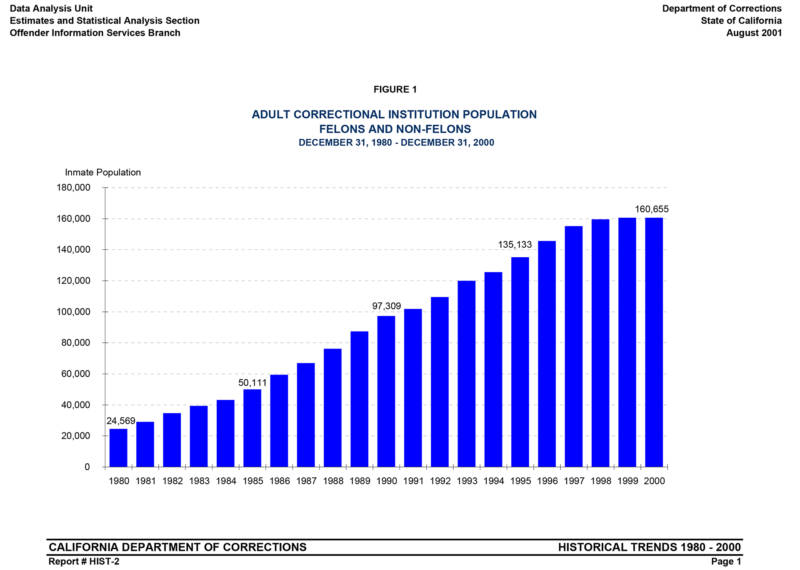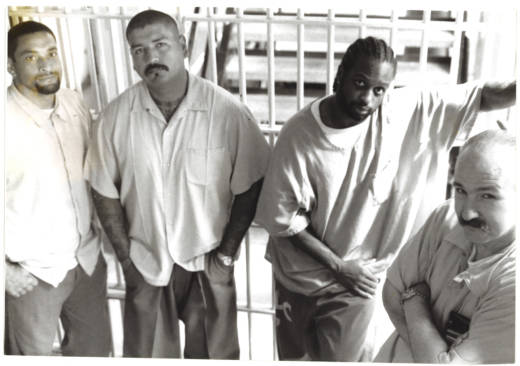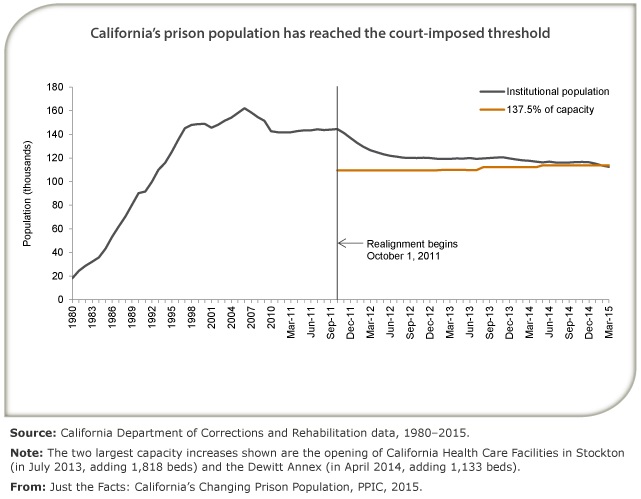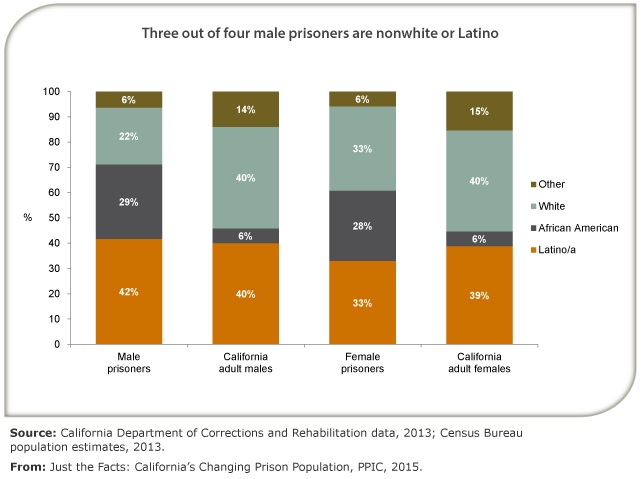Chapter 4 of "The Trials of Marvin Mutch" podcast series covers Mutch's first 20 years in prison, beginning in 1975, when he was 19 years old.
Mutch was given an indeterminate sentence: seven years to life. The average imprisonment for a first-degree murder conviction was 10 years, eight months.
But by the early 1980s, when Mutch was first eligible for parole, California and the rest of the country's approach to criminal justice was changing.
Huge Increase Prison Population
California's state prison inmate population grew by well over 500 percent between 1980 and 2000. The state opened 20 new prisons over that time period.

President Ronald Reagan took the "tough-on-crime" approach from California to a national stage.


